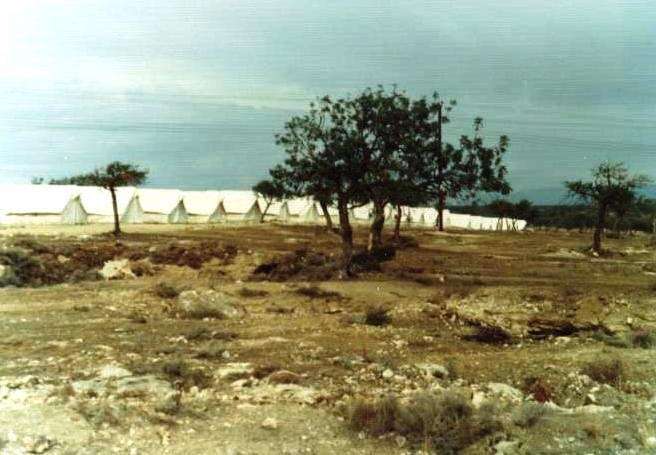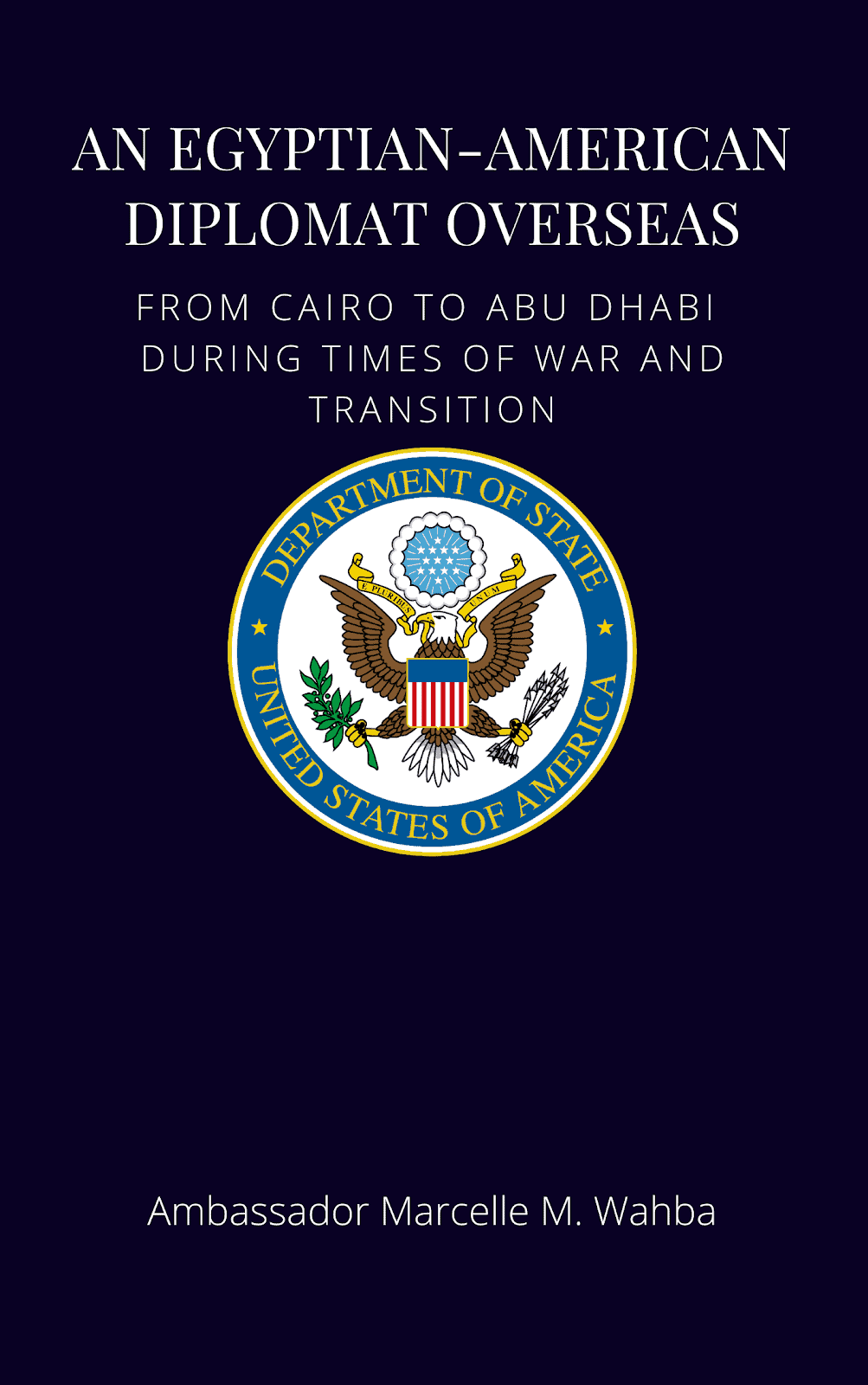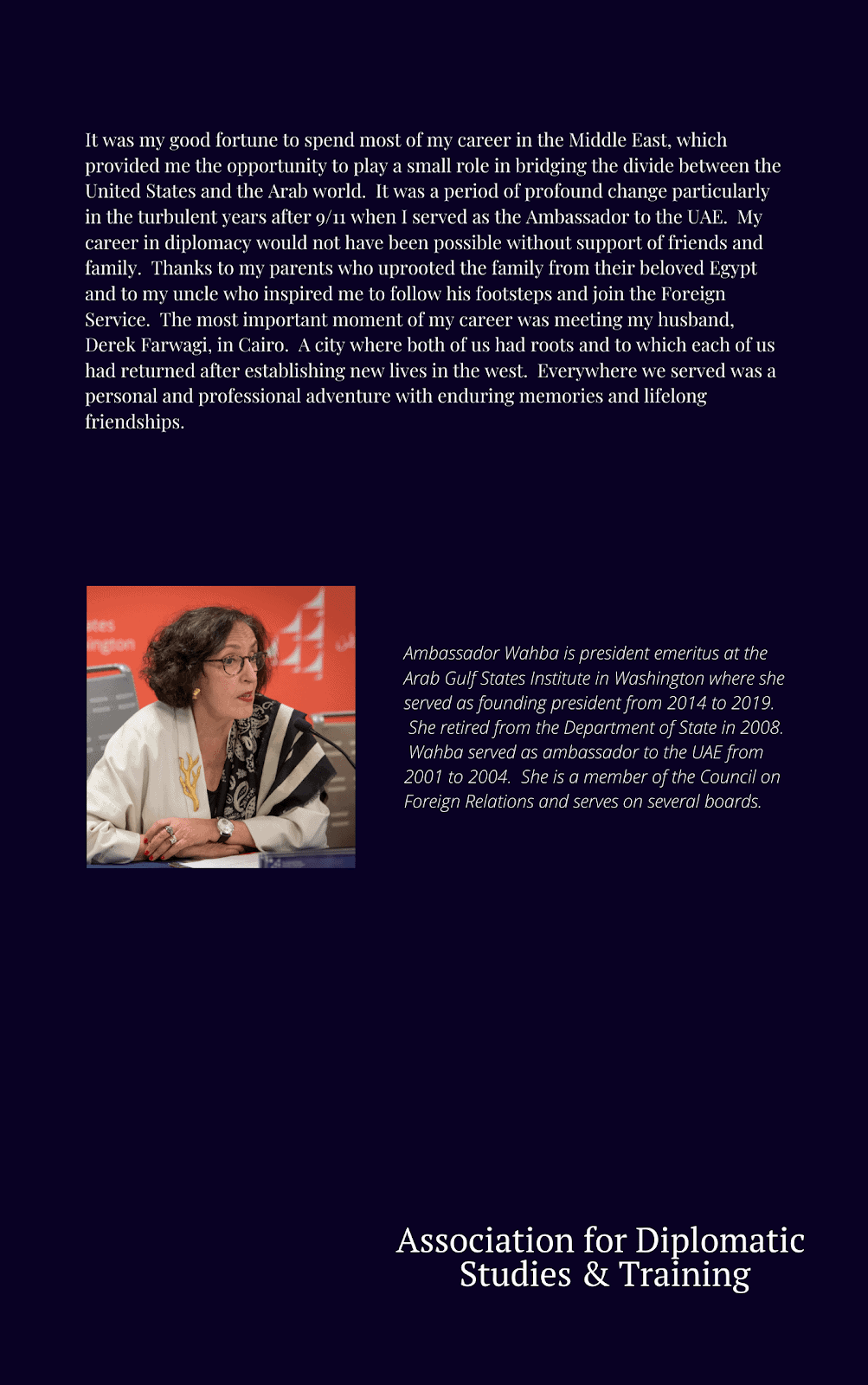A sense of misunderstanding is what undoubtedly lies at the heart of conflict, especially between nations who apparently strive for what is best for their peoples. But as time moves on, so too do the Turkish and Greek Cypriots who first began their detachment from their respective governments’ political impasse in the early 1990s. Marcelle Wahba, a USIS public affairs officer at the time, subsequently bridged both the physical and social divide between the north and south sides of the island of Cyprus through a form of expression limited to no bounds: art.
In 1974, the growing international dispute over Cyprus between Greece and Turkey ultimately culminated in a Greek coup d’état of the local government that was swiftly answered by a Turkish military invasion of the island. As political gridlock ensued with no resolution in sight, thousands of civilians found themselves displaced from their homes. Turkish Cypriots therefore settled in the North while Greek Cypriots lived in the South. The UN established a Buffer Zone, also known as the “Green Zone,” which prevented citizens of both nationalities from crossing. The violent conflict that resulted from the previous engagements ultimately left psychological wounds amongst Cypriots that lasted for years.
However, in spite of the incessant gridlock between the Greek and Turkish governments, Marcelle Wahba proved instrumental in initiating bi-communal cultural seminars and training programs in the early 1990s. As interactions between Greek and Turkish Cypriots were deemed unthinkable at the time, the exchange programs that followed became revolutionary on the road towards peace negotiations. What started merely as reluctance by government officials quickly transformed into a UNHCR-sponsored event series titled, “Brushstrokes Across Cultures.” These art exhibitions allowed Turkish and Greek Cypriot artists to visit opposite sides of the island in order to showcase art that was open to the public, creating an avenue for bi-communal discussions that had not been demonstrated in years. This helped establish relations—and even friendships—amongst the Turkish and Greek Cypriots who met at these events at a time when phone and internet connections did not exist on the island, and hence provided all the more reason for people to push for even more bi-communal events.
Eventually relations among the populace had developed to the point where conflict resolution sessions became possible, sessions in which Cypriots from both sides were able to voice their deep-rooted traumas about massacres, home evictions, and family members that went missing in the midst of the violence in 1974. With these programs becoming more commonplace, Marcelle Wahba helped lay the foundations for the harmoniously interconnected communities that we see in Cyprus today, despite a lack of an official political resolution. Most importantly, as Wahba put it, these gatherings “allowed a new generation to see one another as humans and not only as enemies.”
In this “moment” in diplomatic history, Marcelle Wahba illustrates how monumental understanding can arise from the purest versions of communication in the form of art.
Marcelle Wahba’s interview was conducted by Charles Stuart Kennedy on April 8, 2015.
Read Marcelle Wahba’s full oral history HERE.
Drafted by Andrew Lim
ADST relies on the generous support of our members and readers like you. Please support our efforts to continue capturing, preserving, and sharing the experiences of America’s diplomats.
Excerpts:
“This was quite ground-breaking at the time because Greek and Turkish Cypriots had no opportunities to mix anywhere on the island.”
Opening Relations:
With the Fulbright board’s approval, I approached the UNHCR representative about ways to promote bi-communal contacts, which also was an important goal for the UN as it would support the peace negotiation effort. We worked together to sponsor seminars and training programs for Turkish and Greek Cypriots with Fulbright funding to be held at the Ledra Palace with the UNHCR as our co-sponsor. This was quite ground-breaking at the time because Greek and Turkish Cypriots had no opportunities to mix anywhere on the island. We received a very good response from both communities although the officials on both sides were not enthusiastic supporters of this new bicommunal activity; however, they could not say no to both the USG and the UNHCR.
I soon took this a step further with a project to have them exchange visits to both sides of the island. Initially many were extremely apprehensive and advised against it but I had the Ambassador’s blessing and the support of the Bicommunal Fulbright board.
“The Turkish Cypriots expressed more fear than enthusiasm about visiting the Greek side.”
Overcoming Skepticism:
We decided to start with a cultural event focusing on young artists and called it “Brushstrokes Across Cultures.” I reached out to two women, one Greek and one Turkish, who had art galleries on their respective sides of the island, whom I had gotten to know well. I posed the idea to each one of them separately, to co-host with the American Center a bicommunal art exhibit showcasing young Turkish and Greek Cypriot artists. We would have an opening for the exhibition in the north and one in the south to be attended by all the participating artists as well as open to the public on each side. This proposal was met at first with a lot of skepticism and fear by the two gallery owners and of course they had to receive approval from their own governments. Once it was approved, each gallery began to recruit young artists who would be willing to exhibit on both sides of the island, not an easy task. Aside from the difficult logistics of transferring the art-work across borders and all the approvals that required, the real challenge was getting the artists themselves to visit each side once the openings were scheduled. The only way we could make this happen was to transport the Greek Cypriots in Embassy cars with diplomatic plates to cross over to the Turkish side so we would avoid the issue of passports being stamped which was a non-starter for the Greeks. We had to do the same when it was time for the Turkish Cypriot artists to attend the exhibit opening on the Greek side.
One of the challenges I did not expect was that many relatives of the Greek Cypriot artists wanted to attend the opening on the Turkish side. Why? Not only to see the art work but for them it was an opportunity to see homes they had left behind. We had to restrict the visit to the Gallery where the exhibit was held. The Turkish Cypriots expressed more fear than enthusiasm about visiting the Greek side. We had to assure them that they would be under the auspices of the American embassy during their visit to the Greek side and we would arrange roundtrip transportation with diplomatic vehicles. It was the only way we could get the bi-communal event approved by the officials on both sides. The opening on the Greek side was a big hullabaloo with the mayor of Nicosia attending to cut the ribbon at the exhibit opening held at the beautiful exhibition space at the Nicosia gate. We got incredible press coverage and Brushstrokes Across Cultures was launched!
“I believe that these early efforts led to the different world we see today in Cyprus.”
Lasting Legacy:
Now remember, in those days on the island there were no phone or internet connections. Therefore there was no way for the Greek and Turkish Cypriots who met at these exhibits to stay in touch with one another. It sounds ridiculous now but that’s the way it was. And so this bicommunal art exhibit really started something big. The following year we had “Brushstrokes Across Cultures/Number Two” and after I left my successor did “Brushstrokes Across Cultures/ Number Three.” It allowed some new bi-communal relationships to develop and it helped us to launch a much wider initiative of bi-communal programming sponsored by the U.S. Embassy, the Binational Fulbright Commission, and the UNHCR. I believe that these early efforts led to the different world we see today in Cyprus. In the absence of a political resolution the people of Cyprus have decided they will not remain divided and now there is a steady flow of Turkish and Greek across to both sides of the island. The officials on both sides had to accept the free movement of people across the Green zone in order to maintain the possibility of a political resolution at some point in time. Turkish Cypriots now have the freedom to have their children picked up in the Green zone to attend schools on the Greek side – and Greeks regularly cross over to do their shopping or to visit the gorgeous port of Kyrenia with all its excellent restaurants. Bringing Greeks and Turks together on the island was quite revolutionary when we started these bi-communal programs, so I like to think that we contributed to the current lifestyle that both communities enjoy. The Binational Fulbright Commission now has a building in the Green zone right next to the Ledra Palace, called the Fulbright House, which allows them to host bi-communal events.
“They were remarkable exercises that allowed a new generation to see one another as humans and not only as enemies.”
On the Road to Unity:
We, USIS and Fulbright, recruited conflict resolution experts from the U.S to work with carefully selected “influencers” from the Greek and Turkish Cypriot communities to promote a reconciliation without denying the narratives each side had about the conflict. They tackled tough issues such as properties and homes that were left behind, the question of the “missing”, primarily of Greek Cypriots, from the period of fighting during the invasion. This issue of the “missing” was kept alive for decades and was almost like a religious cult on the Greek Cypriot side. There were a lot of psychological scars on both sides, the Turkish Cypriots remembered massacres in certain villages; the Greek Cypriots held keys and documents for homes they had to abandon especially in some of the northern villages like Famagusta. The conflict resolution sessions became quite emotional at times with many participants expressing anger and often breaking down in tears. They were remarkable exercises that allowed a new generation to see one another as humans and not only as enemies. Here we are 20 plus years later and in spite of no political solution the island may be divided geographically but the people of Cyprus are no longer divided.
TABLE OF CONTENTS HIGHLIGHTS
Education
BA, Western College for Women 1967–1969
Joined the Foreign Service 1986
Cairo, Egypt—U.S. Embassy Spokesperson 1988–1990
Nicosia, Cyprus—USIS Public Affairs Officer (PAO)1990–1994
Amman, Jordan—PAO & Acting Deputy Chief of Mission 1994–1998
Cairo, Egypt—Counselor for Press and Cultural Affairs 1999–2001
Abu Dhabi, UAE—Ambassador 2001–2004
Ambassador Wahba’s oral history is also included in ADST’s newest publications program—producing oral history transcripts as bound books. Visit our ADST Bound Books Program page for more information. If you would like to order a copy, please send an email to [email protected].



